If a multicooker has become an integral part of your kitchen, but you want changes and are looking for equipment that cooks better, faster and tastier, we have already selected candidates for your choice.
Air fryer or air fryer
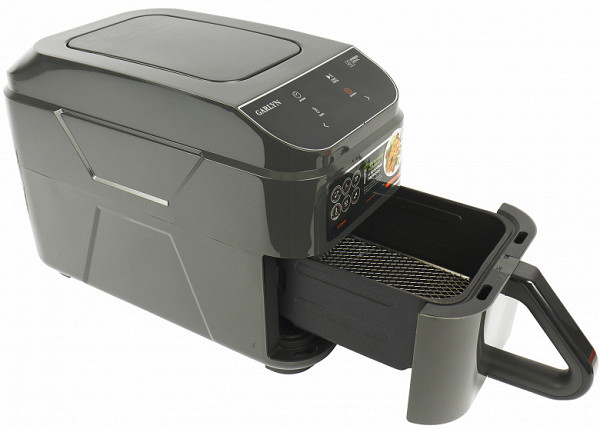
On marketplaces, one of the most common questions about air fryers is: “Can I cook in a bowl, like in a slow cooker?” This is quite logical, given the presence of a bowl with a handle. Manufacturers and users give different answers — from “yes” to “no”, but the correct answer depends on what exactly you are cooking and on the type of air fryer.
An air fryer functions like a mini convection oven, using hot air to cook. Therefore, it is impossible to cook soups or porridges in it due to the lack of ability to control the boiling process. However, cooking pies, casseroles, cheesecakes in molds, large pieces of meat on a grill or on a spit is quite possible and even recommended.
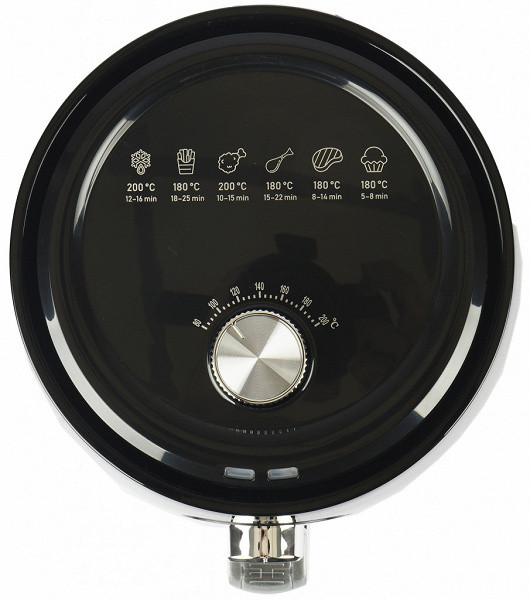
Air fryers, which are built like an air fryer, have different capacities — from 2.5-3 to 8 liters. Some models even reach a capacity of 15 liters, which makes them more similar to combi steamers or ovens, such as the Kitfort KT-2236 we tested. Traditional air fryers with glass flasks are often equipped with expansion rings that increase the volume of the flask to 12 liters, which allows you to cook large volumes of food, for example, several hams at the same time, as is traditionally done in multicookers.
Many people use multicookers to bake bread; an air fryer is also suitable for such purposes, as it functions as an oven. The main thing is to set the temperature correctly. Unlike multicookers, in an air fryer you do not need to turn the bread during cooking.
Air fryers can also be used for defrosting, reheating and low-temperature sautéing, such as crockpot dishes, provided the grill and pots are sized to allow this.
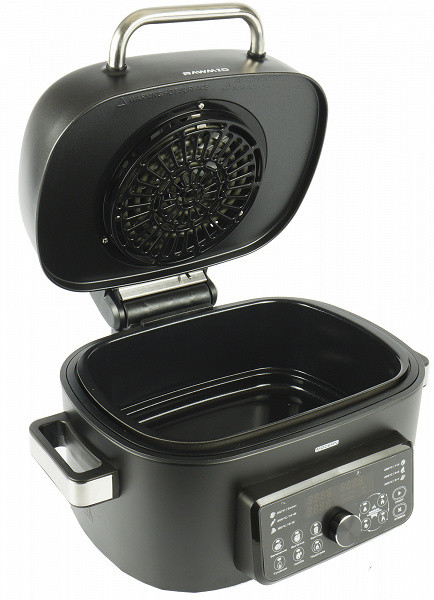
Toaster
Many modern models of bread makers are equipped with programs for stewing, cooking porridge and other cooking methods that resemble the functionality of multicookers. Advertising for bread machines also emphasizes these features, emphasizing that they can be used to prepare a variety of dishes without the need for a slow cooker.
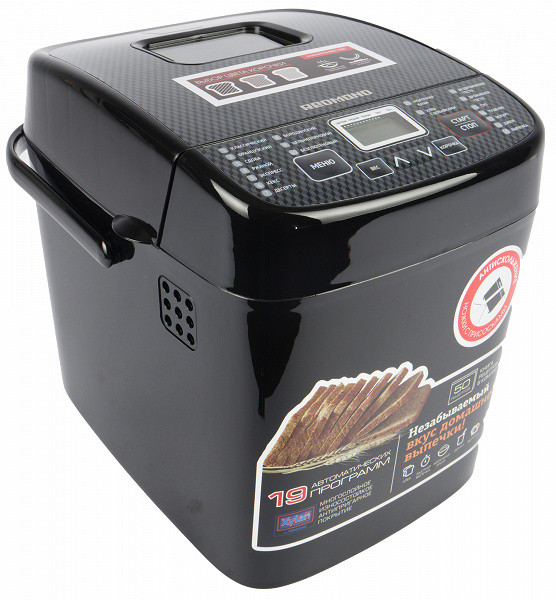
The advertisement, however, misses one nuance: the volume of a bread machine bucket usually does not exceed 1.5 liters, which makes it possible to cook in it like in a multicooker of limited capacity. If you need to prepare a liter of soup or stew for dinner for two, then coping with this task will not be difficult.
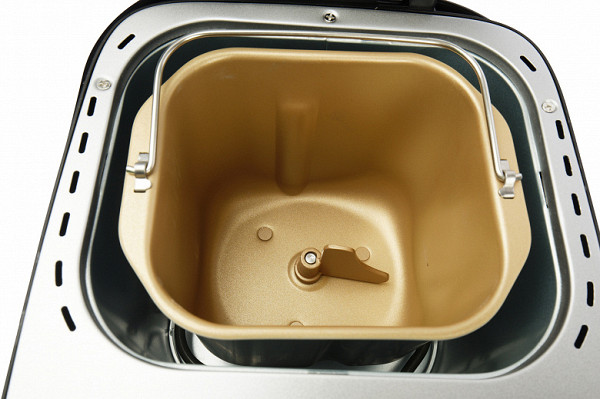
We tried cooking porridge in a bread machine and were convinced that there was little point in it, and the manufacturer did not bother to write the correct recipe; we had to adjust it on the spot.
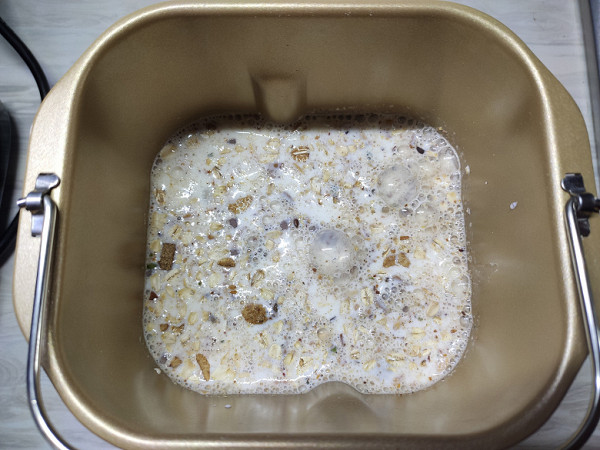
Such modes in bread makers, of course, can be considered as additional ones — well, the multicooker is busy, the pans have run out, why not use this opportunity in the bread maker.
Blender-soup maker
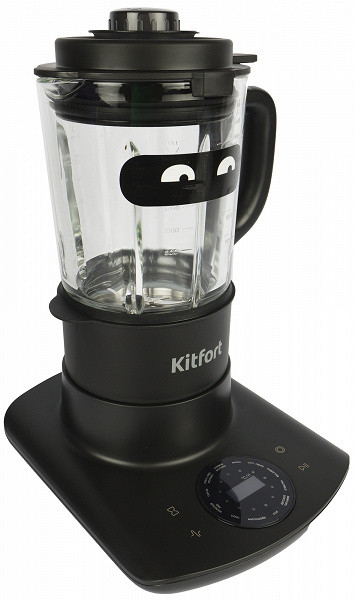
These devices allow you to grind food and immediately prepare soups, sauces, etc. from them. in the same bowl, which is very attractive and in some ways superior to a multicooker in functionality: there are no multicookers with a chopping function on the market yet.
However, it is worth noting that the word “soup” in the name can be misleading: you will not get a full-fledged broth-based soup in such a device — unless you use frozen concentrated broth, which is added during cooking. The blender-soup maker makes excellent dietary (chicken or fish) or vegetable vegetarian soups.
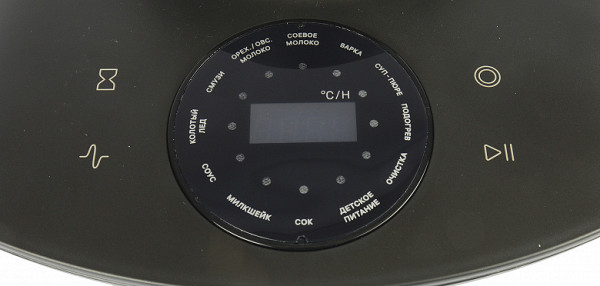
In blender-soup makers you can prepare porridge, including cream porridge, if this is provided in the instructions, and many of them have appropriate automatic programs. Steaming is also possible, similar to using a multicooker as a steamer, although the volume will be limited. These devices are great for vegans and vegetarians for making nut and soy milk, as most models have appropriate modes.
However, it is important to consider that baking, stewing, and especially cooking under pressure in blender-soup makers is prohibited.
Kitchen robot
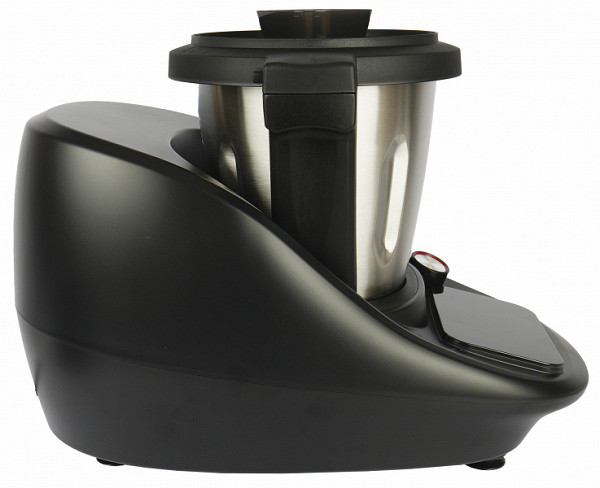
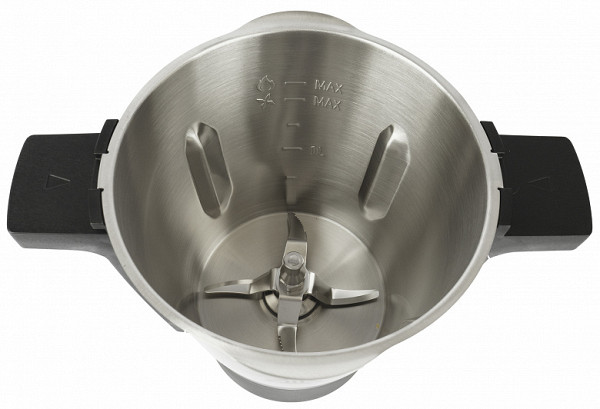
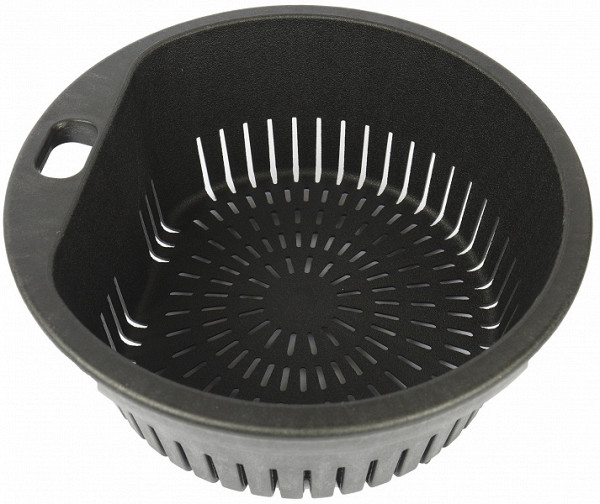
Such devices are also known as food processors, multifunctional food processors or kitchen machines (although the latter are usually referred to as planetary blenders). We tested the Atvel KitchenBot M1 kitchen robot, which combines the functions of a stationary blender, a bowl with a heating element that works on the principle of a multicooker, a timer and built-in scales. Despite the small volume of the bowl — only 2.4 liters — this device is really capable of cooking everything in it, like a multicooker, but in smaller quantities. However, thanks to the built-in scale and thermometer, it allows you to follow recipes very accurately and also has the ability to chop ingredients. At the same time, the volume of the steamer is a decent 3.5 liters.
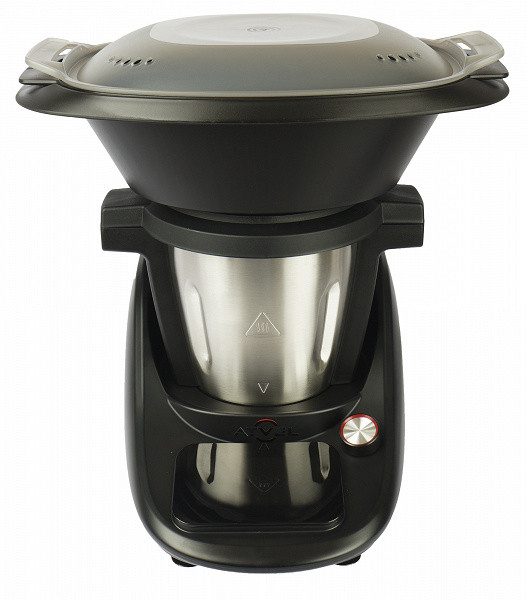
Another similarity with a multicooker is the presence of a large number of auto programs (there were 18 of them in the tested device) and a temperature range from 37 to 120°C, which allows you to prepare yoghurts and proof the dough. We have also successfully kneaded bread dough in this robot and baked it with excellent results. In addition, the robot is capable of frying, stewing, cooking pureed soups and porridges, heating, defrosting, and also washing vegetables and meat in hot water.
Slow Cooker
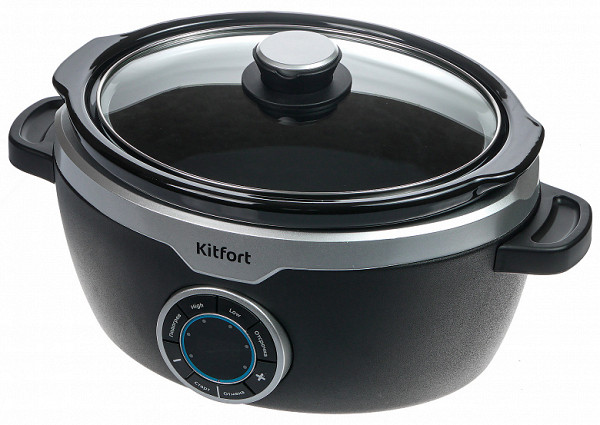
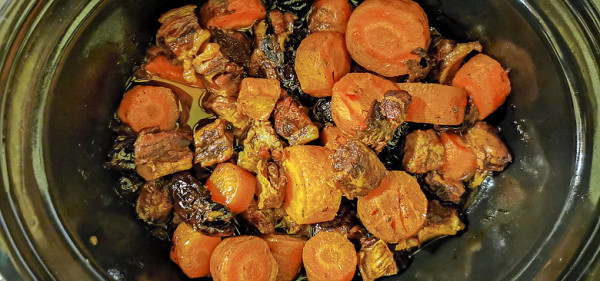
Slow cookers have a much lower wattage than all of these appliances — about 180-350 W — and only a few cooking programs: fast (3-4 hours), medium (6-8 hours) and slow (12 hours). The differences from the multicooker here are quite serious, although at first glance they may seem similar.
The slow cooker is not designed for baking or frying—it specializes only in sautéing. Cooking porridge in it is also problematic: it requires an exact ratio of liquid and ingredients. However, for braising meats and preparing rich soups, a slow cooker is ideal, especially if you have time for long culinary experiments.
It is important to pay attention to the volume of the slow cooker bowl (it can be large, up to 5-6 liters, which makes the device bulky, or significantly less than that of multicookers) and the presence of a seal on the lid. If there is no seal or lid clamp, moisture will quickly evaporate, which can lead to cooking odors in the house—another significant difference from multicookers that we found during testing.
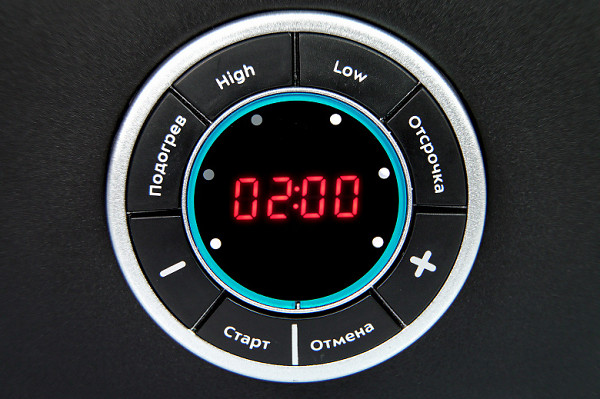
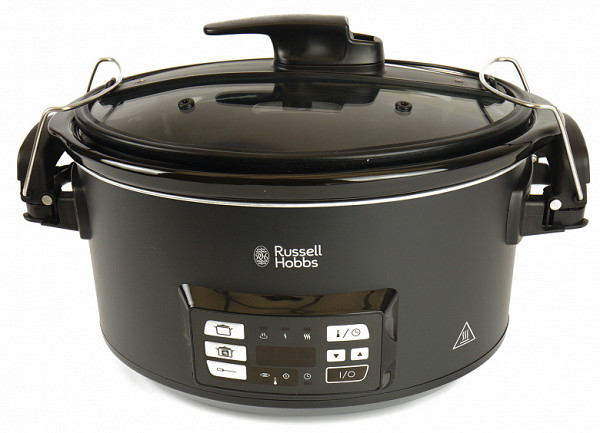
We love slow cookers—they're great for cooking tender, rich meats. However, multicookers with a slow cooking program, as well as multicookers-pressure cookers, also perform the same function thanks to the pressure function. Therefore, it makes no sense to purchase a slow cooker as a replacement for a multicooker, but as an additional device that can be left for 12 hours, it is a completely rational solution.
Slow cookers range from simple models like the Kitfort KT-217 to advanced ones with sous vide and yogurt capabilities, like the Russell Hobbs 25630-56 we tested.
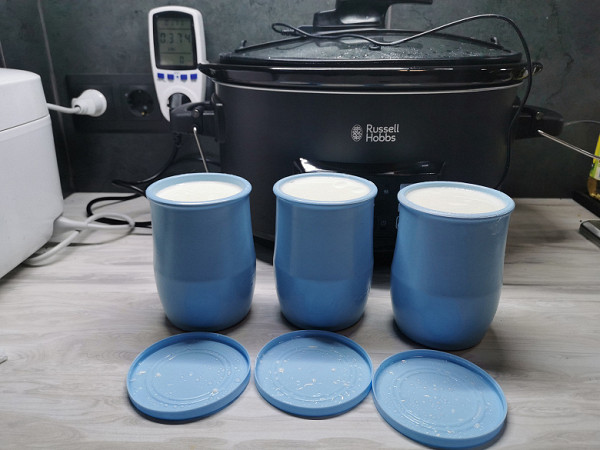
***
You can replace the multicooker, but is it necessary? We hope we helped you figure it out.
